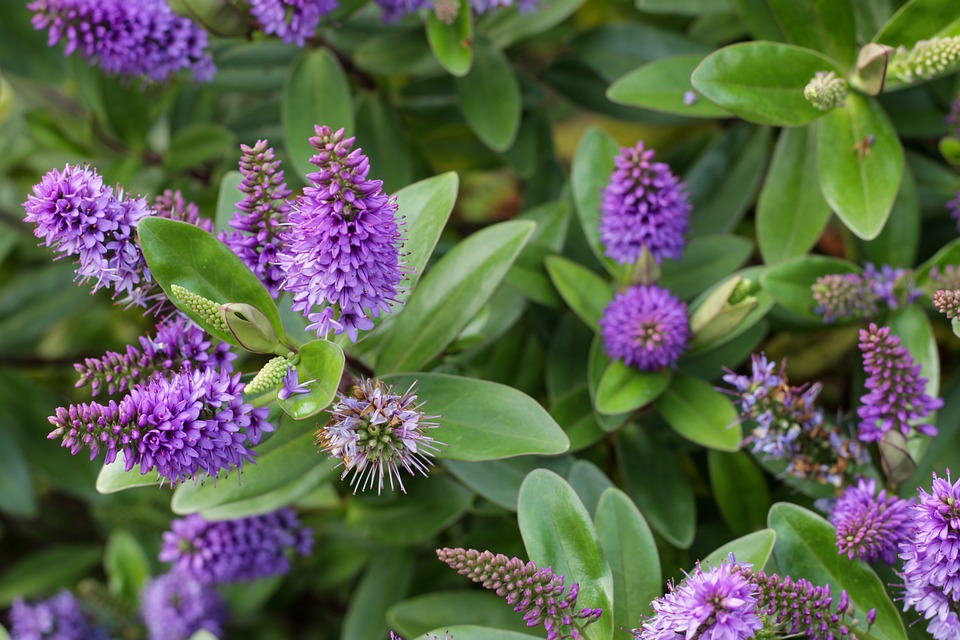Tips for Gardening in Small Spaces
In today’s urban landscape, space is often a luxury. However, living in a city or having a small backyard doesn’t mean you can’t indulge your passion for gardening. With a bit of creativity and some practical strategies, you can transform even the tiniest of spaces into a thriving garden. Here are some tips for gardening in small spaces that will help you maximize your green thumb potential.
1. Assess Your Space
Before you start, take a good look at the space you’re working with. Measure it and consider factors such as sunlight, wind, and access to water. Balconies, patios, windowsills, and even walls can all serve as potential gardening areas. Understanding your conditions will guide your plant choices and placement strategies.
2. Use Container Gardening
Container gardening is a fantastic way to grow plants in limited space. Pots, planters, and other containers come in various sizes and shapes, allowing you to customize your gardening setup. Select containers that are large enough for the roots of your plants and have proper drainage. Remember, almost any plant can thrive in a container if it’s the right size and provides adequate drainage.
3. Go Vertical
Vertical gardening is all about making use of upward space. Utilize wall-mounted planters, racks, or trellises to grow a variety of plants. Vining plants like tomatoes, beans, or cucumbers are ideal for vertical gardens. Additionally, wall pockets, stacked planters, and hanging baskets can hold herbs, flowers, and even small vegetables. Vertical gardening not only saves space but also adds a lush, green aesthetic to your living area.
4. Grow Edibles
Just because you have a small area doesn’t mean you have to limit yourself to flowers. Many vegetables, fruits, and herbs are well-suited to small gardens and containers. Consider growing compact or dwarf varieties of tomatoes, peppers, lettuce, and strawberries. Herbs like basil, rosemary, and mint are perfect for container gardens and are always useful to have fresh in the kitchen.
5. Plan Your Layout
Efficiently planning your garden layout can make a significant difference. Group plants with similar sunlight and water needs together. Use tiered shelving or step-like plant stands to layer your plants and maximize exposure to sunlight. Planning your garden layout will help ensure that every plant gets the care and conditions it needs to thrive.
6. Rotate Crops
For those with a bit more experience, crop rotation in a small space can be beneficial. Rotating plants ensures that the soil doesn’t get depleted of the same nutrients season after season. For example, after harvesting root vegetables like carrots, plant legumes like beans, which can fix nitrogen in the soil, preparing it for leafy greens in the following cycle.
7. Utilize Multi-Functional Plants
Choose plants that serve multiple purposes. For instance, certain flowers not only add beauty to your garden but can also repel pests. Marigolds are well-known for being pest deterrents. Similarly, many herbs such as lavender and rosemary are not only useful in cooking but also emit fragrances that can act as natural insect repellents.
8. Use High-Quality Soil
In small-space gardening, the quality of your soil is crucial because plants have limited space to spread their roots. Invest in high-quality potting soil that is rich in nutrients and has good drainage properties. Consider adding compost or organic matter to enhance soil fertility. Healthy soil will result in healthier plants, which is particularly important when space is limited.
9. Practice Pruning and Pinching
Regular pruning and pinching back your plants can prevent them from becoming overgrown and promote bushier growth. This is particularly important in small spaces where you want to keep plants within their designated areas. Pruning also increases air circulation, reducing the risk of disease.
10. Implement Companion Planting
Companion planting involves growing plants together that benefit each other. For example, planting basil next to tomatoes can improve the flavor of the tomatoes and repel insects. Similarly, planting beans with spinach can provide the nitrogen spinach needs to grow well. This technique allows you to maximize your garden’s productivity and health.
11. Think Seasonally
Capitalize on different growing seasons to keep your garden productive year-round. Cool-season crops like lettuce, spinach, and radishes can be planted in early spring and fall, while warm-season crops like tomatoes, peppers, and cucumbers thrive in the summer. By thinking seasonally, you can ensure that your small space garden is always producing something.
12. Water Wisely
Efficient watering is vital in small-space gardening. Containers and small garden beds can dry out quickly, so frequent watering is essential. Early morning or late evening watering reduces evaporation and ensures that plants get the moisture they need. Consider using self-watering containers or drip irrigation systems to maintain consistent moisture levels.
13. Use Reflective Surfaces
To maximize sunlight, especially in shady or partially shaded areas, use reflective surfaces such as mirrors or white walls. These can help bounce light onto your plants, ensuring they get the necessary exposure even in less-than-ideal conditions. Reflective surfaces can be particularly useful in dense urban environments where sunlight may be limited.
14. Harvest Regularly
Regular harvesting encourages continued growth and prevents plants from becoming too large for your space. Pick off ripe fruits, vegetables, and herbs frequently to promote new growth. This not only keeps your garden manageable but also ensures a steady supply of fresh produce and flowers.
15. Be Patient and Experiment
Gardening is a rewarding but sometimes challenging hobby, especially in small spaces. Be patient and don’t get discouraged if some plants don’t thrive. Experiment with different plants and techniques to see what works best for your particular space and conditions. Over time, you’ll discover the unique rhythm of your small garden.
By implementing these tips, you can create a vibrant, productive garden even in the smallest of spaces. Whether it’s a compact balcony, a narrow windowsill, or a tiny corner of your backyard, small-space gardening offers big rewards. Happy gardening!


